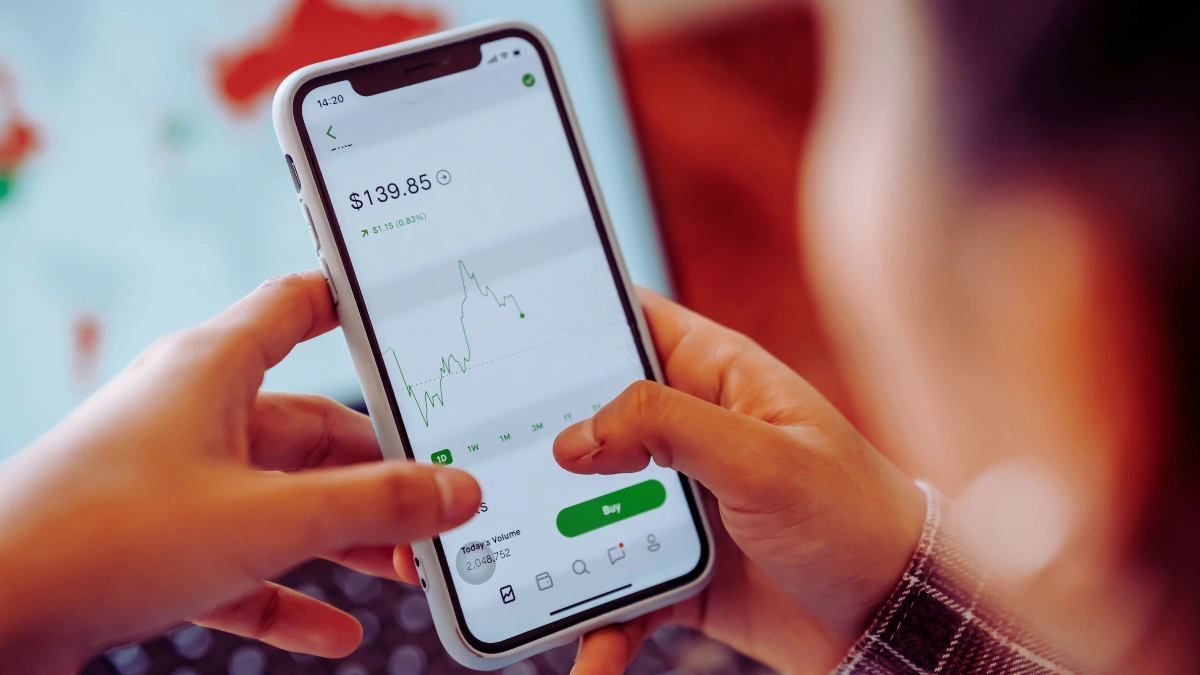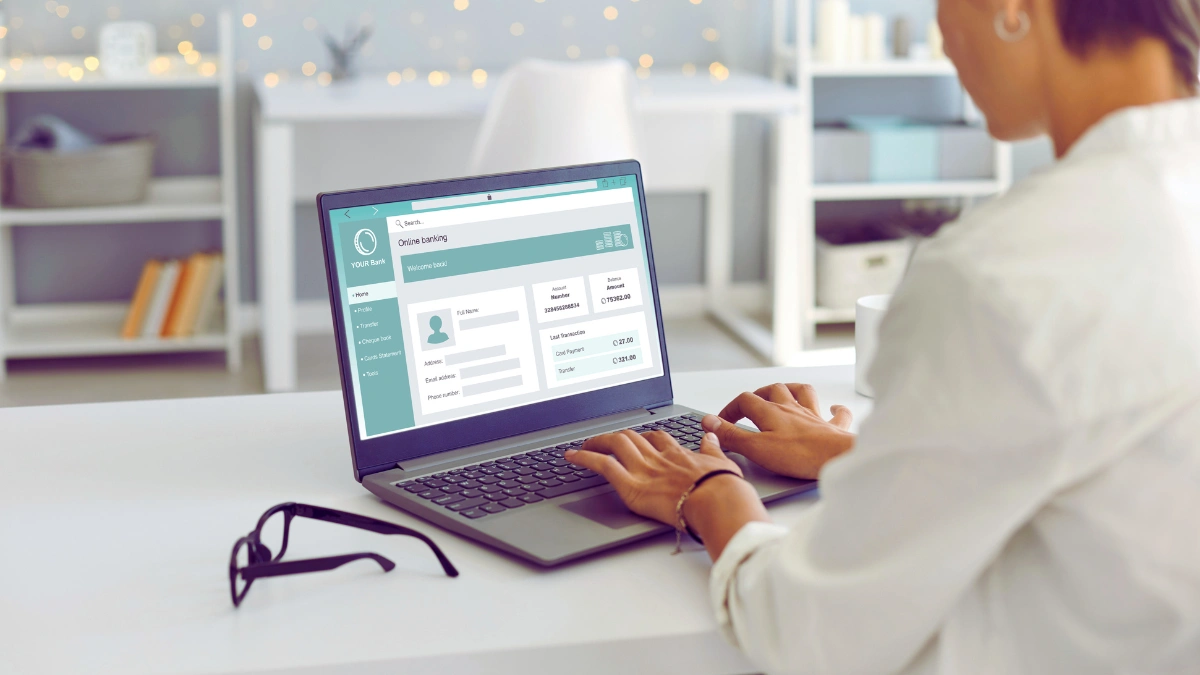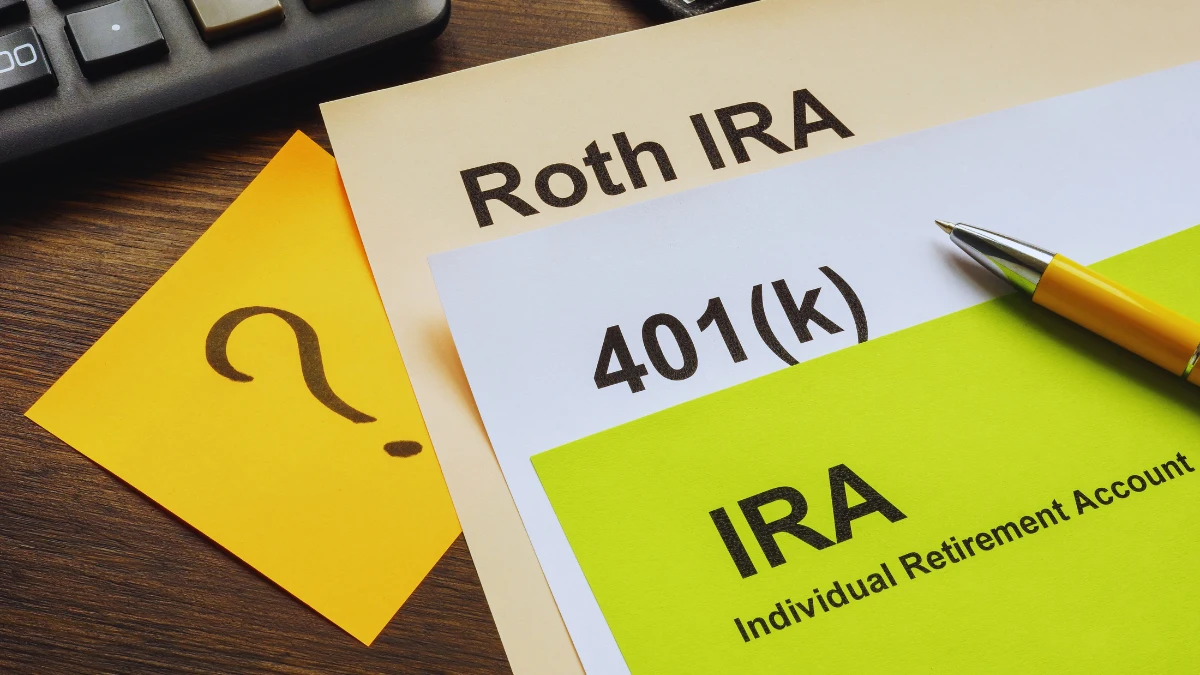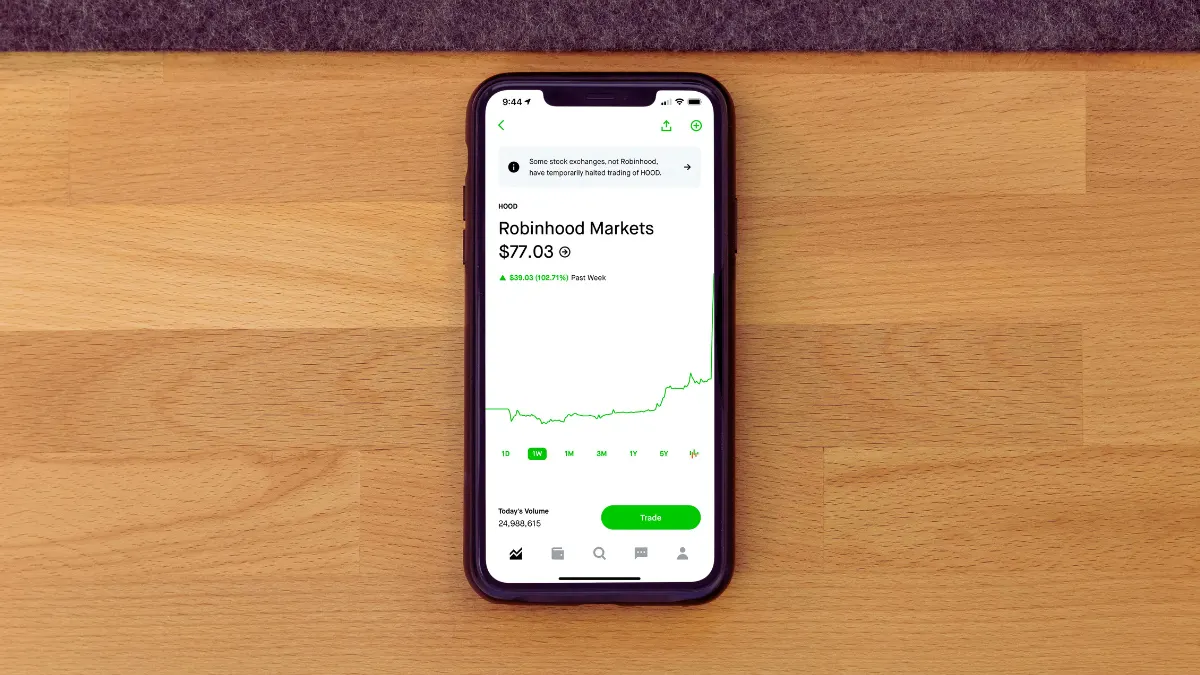Your $4.50 coffee habit could be building your future instead.
Most people think you need thousands of dollars to start investing. That’s wrong. You can start building wealth with just $50. And the sooner you start, the more money you’ll have later.
Here’s the truth: the biggest mistake isn’t starting with too little money. It’s not starting at all.
This guide shows you exactly how to invest your first $50. You’ll learn which apps to use, what to buy, and how to avoid costly mistakes. By the end, you’ll be an investor.
Why $50 Is More Powerful Than You Think

Let’s do some math. If you invest $50 today and add $50 every month, here’s what happens:
- After 10 years: $8,200 (assuming 7% returns)
- After 20 years: $26,300
- After 30 years: $61,900
That’s the power of starting early. Time is your biggest advantage.
But there’s more good news. Today’s investing apps let you buy pieces of expensive stocks. Apple costs $200 per share? You can buy $10 worth. Amazon costs $3,000? You can buy $5 worth.
This is called fractional investing. It changes everything.
According to a consumer study by Cornerstone Advisors, people using micro-investing apps like Acorns saved an average of $600 more per year than they normally would. One in five users saved over $1,000 extra annually just from these small, automatic investments.
The key isn’t how much you start with. It’s where you start.
Step 1: Pick the Right App for Your $50

Not all investing apps are the same. Some charge fees that eat your profits. Others make it hard to start.
Here are the best options for beginners:
Robinhood
- No fees to buy stocks
- $0 minimum to start
- Easy app design
- Good for: Learning the basics
Acorns
- Rounds up your purchases automatically
- Invests your spare change
- Costs $3 per month
- Good for: Hands-off investing
Fidelity
- No account minimums
- Free stock trades
- Great research tools
- Good for: Long-term investing
M1 Finance
- Builds portfolios automatically
- No trading fees
- $0 minimum
- Good for: Set-it-and-forget-it investing
Stash
- Starts at $1
- Educational content included
- $3 monthly fee
- Good for: Learning while investing
Which should you choose? If you want to pick your stocks, try Robinhood. If you want automatic investing, start with Acorns. If you want the best long-term features, pick Fidelity.
Avoid apps with high monthly fees when you’re starting small. A $3 monthly fee equals $36 per year. That’s 72% of your initial $50 investment.
Step 2: Understand What You Can Buy with $50

You have three main choices:
Individual Stocks: These are pieces of companies like Apple, Microsoft, or Tesla. You buy fractional shares with your $50.
- Pros: Higher potential returns, you pick the companies.
- Cons: Higher risk, requires research
ETFs (Exchange-Traded Funds): These are baskets of many stocks bundled together. Think of it like buying a slice of the entire stock market.
Popular beginner ETFs:
- VTI (Total Stock Market): Owns pieces of 4,000+ companies
- VOO (S&P 500): Owns the 500 biggest US companies
- VXUS (International): Owns companies outside the US
- Pros: Instant diversification, lower risk.
- Cons: Lower potential returns than individual winners
Target-Date Funds: These automatically adjust as you get older. They start aggressive and become conservative over time.
- Pros: Completely hands-off.
- Cons: Higher fees, less control
For beginners, ETFs are usually the best choice. They spread your risk across hundreds of companies instead of betting on just one.
Step 3: Open Your Account

Opening an investment account takes about 10 minutes. Here’s what you need:
- Your Social Security number
- Driver’s license or ID
- Bank account information
- Basic personal details
The process:
- Download your chosen app
- Enter your information
- Verify your identity (takes 1-3 days)
- Link your bank account
- Transfer your $50
Most apps let you start the verification process while you wait. Some let you deposit money immediately.
Choose a taxable account for now. You can open retirement accounts later when you have more money.
Step 4: Make Your First Investment

This is it. You’re about to become an investor.
Here’s how to invest your $50 wisely:
Conservative Option (Lower Risk)
- $30 in VTI (Total Stock Market ETF)
- $20 in BND (Bond ETF)
Moderate Option (Medium Risk)
- $40 in VOO (S&P 500 ETF)
- $10 in VXUS (International ETF)
Aggressive Option (Higher Risk)
- $50 in QQQ (Technology ETF)
- Or split between 2-3 individual stocks
Most experts recommend the moderate option for beginners.
When placing your order:
- Use “market orders” during market hours (9:30 AM – 4 PM ET)
- Double-check your purchase amount
- Save confirmation details
Don’t panic if your investment goes down immediately. That’s normal. Markets move up and down daily.
Step 5: Build Your Investment Habit

Your first $50 is just the beginning. Here’s how to grow your wealth:
- Set Up Automatic Investing: Most apps let you invest automatically. Start with $25 per month. Increase it as you earn more.
- Check Your Account Monthly, Not Daily: Looking at your investments every day will drive you crazy. Markets bounce around. Check once per month.
- Add Money When You Can: Got a birthday gift? Tax refund? Bonus at work? Invest some of it.
- Increase Your Contributions: Every time you get a raise, increase your monthly investment by $10-25.
The goal is to build a habit. Small, consistent investments beat large, sporadic ones.
Common Mistakes That Cost Beginners Money

Checking Your Account Too Often: Your investments will go up and down. That’s normal. Checking daily makes you want to sell when things drop.
Trying to Time the Market: Nobody can predict if stocks will go up or down tomorrow. Time in the market beats timing the market.
Panic Selling: When your $50 becomes $40, don’t sell. When your $50 becomes $60, don’t think you’re a genius. Stay the course.
Not Diversifying: Don’t put all $50 in one stock. If that company fails, you lose everything. Spread your money across different investments.
Ignoring Fees: A $3 monthly fee might seem small. But it’s $36 per year. On a $50 investment, that’s a 72% annual fee. Read the fine print.
Stopping After Market Drops: Markets crash sometimes. In 2020, stocks dropped 30% in March. Then they recovered and hit new highs by August. People who kept investing made money. People who stopped lost out.
What Happens Next

Starting with $50 is perfect. But it’s just the first step.
As you learn and earn more, you can:
- Open a retirement account (401k or IRA)
- Invest in individual stocks you research
- Add international investments
- Consider real estate investment trusts (REITs)
The most important thing? Start today. Your future self will thank you.
Every day you wait is a day your money isn’t growing. Every month you delay costs you potential gains.
Take Action Now

Here’s your homework:
- Pick an app (Robinhood for beginners, Fidelity for long-term)
- Download it and start the account setup
- Link your bank account
- Transfer your first $50
- Buy your first ETF (VTI or VOO are good choices)
You don’t need to be an expert to start. You learn by doing.
Most millionaires didn’t start with millions. They started with small amounts and kept adding to them. Your $50 investment today could be worth thousands in 20 years.
Stop thinking about investing. Start doing it.
The best time to start investing was 20 years ago. The second-best time is today.
Welcome to your financial future. It starts with $50.

